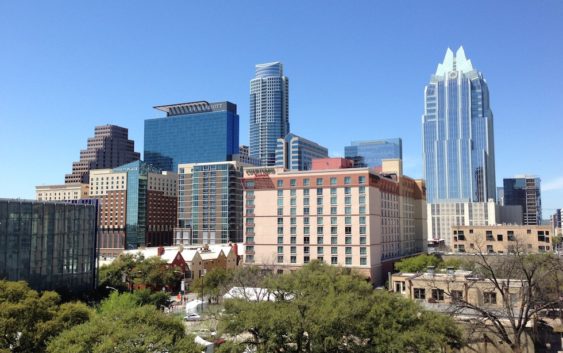- Austin adopts new map that greatly expands area at risk of wildfire
- CenterPoint Energy accelerates infrastructure improvements ahead of hurricane season
- Carolina Hurricanes playoff tickets go on sale Thursday
- Ask the Meteorologist: Why do tornadoes target Tornado Alley, Dixie Alley?
- Nonprofit closes distribution site that aided thousands after Hurricane Helene
Austin Ranks In The Top Five Cities In The U.S. For Potential Wildfire Damage

A new report from a California-based market research firm finds that Austin ranks fifth in a list of cities facing the highest reconstruction costs due to potential wildfire damage.
Researchers with CoreLogic found that 53,984 Austin residents live within an area designated as having a high-to-extreme wildfire risk, representing the potential for roughly $16 billion in reconstruction costs.
The four cities outpacing Austin are all in California – Los Angeles, Riverside, San Diego and Sacramento.
“As Austin expands outward, obviously it’s growing into areas where you have a lot of brush, a lot of vegetation growth,” says CoreLogic senior hazard scientist Tom Jeffery. “If a wildfire were to occur, there’s a lot that’s going to fuel that fire and it can turn into a large fire — not only physically large, but intense.”
According to the same report, 569,811 acres burned in 2018 in Texas – while nearly double that amount burned in California in the same year.
Jeffery says that while residents in California may be more aware of the threat of wildfire because of the frequency of them, Texans should still consider wildfire an active threat. He cited the Bastrop County fires from 2011, which destroyed 1,600 homes and killed two people.
“Like any hazard, if it doesn’t happen for a few years people start to not think about it as being as important,” says Jeffery.
Earlier this week, Austin city council members approved nearly $3.5 million for wildfire mitigation in their latest budget.
You can find your wildfire risk using this tool developed by the Texas A&M Forest Service.
